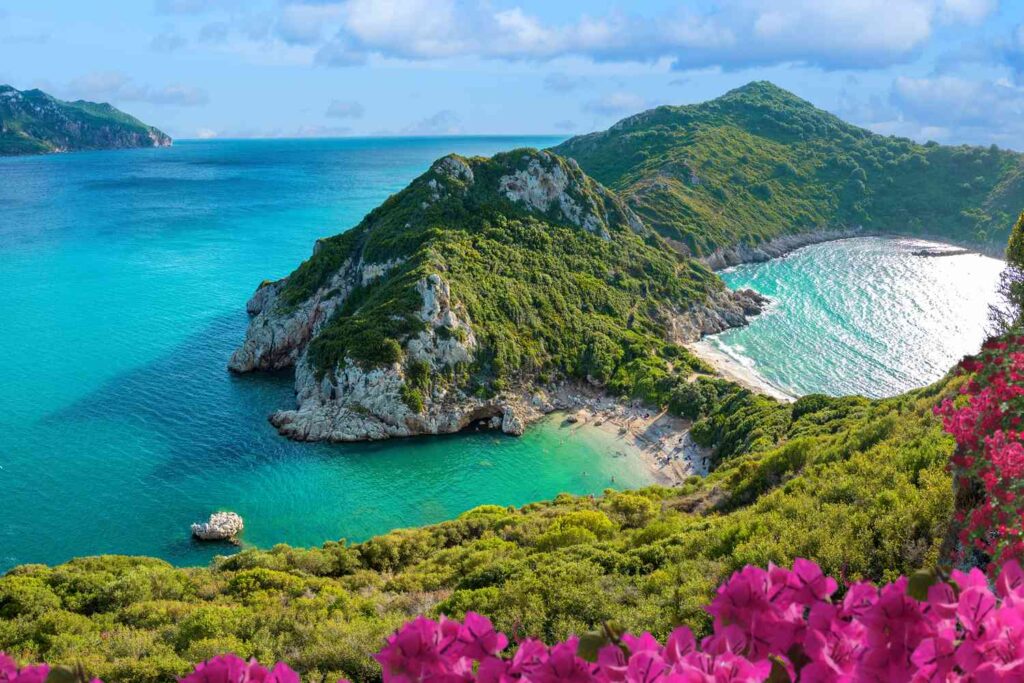Corfu, Greece – Travel Tips
Category
Categories
Popular Articles

**Overview of the Destination: Corfu, Greece**
Corfu, one of the most beautiful islands of Greece, is famous for its picturesque landscape, beautiful beaches, historical monuments, and rich culture. Its abundance of flora and stunning architectural structures – a mix of Venetian, French and British styles – set it apart from other destinations. Corfu, also known as Kerkyra, is the northernmost and second-largest of the Ionian Islands, offering a unique blend of cosmopolitan and tranquil spots that make it an appealing destination for travelers of all kinds.
**Best Time to Visit**
The peak season in Corfu falls between July and August. However, the best time to visit would be from April to June and September to November. These are the shoulder seasons where you can enjoy moderate weather and lesser crowds.
One of the major festivals worth planning around is the Easter celebration, which is a unique cultural spectacle with processions, music, and traditional food.
**Climate & What to Pack**
Corfu has a Mediterranean climate. Summers (June-September) are hot and dry, and the winters (November-February) are mild and rainy. Pack lightweight clothing, swimsuits, and beach essentials for summer visits. Don’t forget your comfortable footwear for touring the island. For the cooler months, layerable clothing, a raincoat, and umbrella are essentials. Always bring a hat, sunglasses, and sunscreen, regardless of the season.
**Getting There**
The nearest major airport is Corfu International Airport. There are regular flights from major European cities to Corfu. Upon arrival, you can take a taxi or a bus to get to the city center. EU citizens don’t need a visa, but if you’re from outside the EU, check the current Greece visa requirements.
**Getting Around Locally**
Public transport options include local buses and taxis. Renting a car or scooter is also a popular choice to explore the island at your own pace. The Old Town of Corfu is very walkable, but for longer distances, consider other transportation options.
**Safety Tips**
Generally, Corfu is a prime destination with a high safety level. Normal precautions apply such as keeping an eye on your belongings and avoiding deserted areas at night. Beware of pickpocketing in crowded areas. Traditionally Greeks are friendly and respectful, so basic politeness will be appreciated.
**Top Things to Do & See**
From historical attractions like the Old Fortress and the Achilleion Palace to natural beauties like the Canal D’Amour and Mount Pantokrator, there is no shortage of sights. Don’t miss the Corfu Old Town, a UNESCO World Heritage Site. Visiting the local villages like Paleokastritsa and Sidari for their authentic Greek life is also a must.
**Where to Stay**
Luxury travelers might enjoy hotels like the Corfu Imperial Grecotel Exclusive Resort. For mid-range budgets, Bella Venezia Hotel is a good choice. For budget travelers, consider staying at city hostels like the Sunrock Hostel.
**Food & Local Cuisine**
Try local dishes like Sofrito (beef in a white wine and garlic sauce), Bourdeto (spicy fish stew), and Pastitsada (spiced meat with pasta). Visit local tavernas to enjoy traditional Greek food.
**Cultural & Practical Tips**
The local currency is the Euro. Greek is the official language, but English is widely understood. Tipping is customary. The standard power socket is type F, the same as most of Europe. Wi-Fi access is available in most public areas, hotels, and restaurants.
**Sustainable or Responsible Travel Tips**
Respect the local culture and natural habitats. Avoid driving off-road which could damage local flora. Also, participate in beach clean-ups, a popular activity amongst local and foreigners alike.
To end this guide, my personal travel tip is: Don’t rush. Take your time to relax, immerse yourself in the beautiful scenery, connect with locals, and truly savour the Corfu experience. This island is a place where you want to slow down and enjoy every moment.










